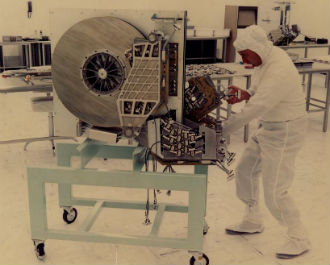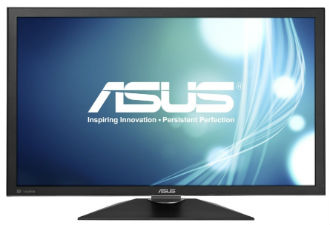 Microsoft’s hardware curse is still alive and kicking. A couple of weeks ago Microsoft announced a $900 million charge for heaps of unsold Surface RT tablets and last week CEO Steve Ballmer admitted that Redmond got carried away and built too many Surface RTs, just in case there was anyone in the industry who didn’t know it was a massive flop already.
Microsoft’s hardware curse is still alive and kicking. A couple of weeks ago Microsoft announced a $900 million charge for heaps of unsold Surface RT tablets and last week CEO Steve Ballmer admitted that Redmond got carried away and built too many Surface RTs, just in case there was anyone in the industry who didn’t know it was a massive flop already.
In its latest annual regulatory filing, Microsoft revealed that its combined revenue for both the Surface RT and Surface Pro was $853 million. The RT was introduced last October, while the Pro came along in February. Microsoft’s fiscal year ended June 30. The IDC puts the combined shipments of all Windows RT tablets, including the Surface, at just 200,000 in the first quarter of the year.
In other words, the write down was bigger than the actual revenue.
As if that wasn’t enough, Microsoft also reported a 10 percent increase in marketing expenses. Much of that cash went towards Surface advertising campaigns, which were apparently as effective as the French armed forces in 1940. Adding other expenses such as R&D and distribution into the mix only makes the situation worse.
Microsoft clearly doesn’t need more bad Windows RT news, especially not today, but Asus Chairman Jonney Shih obviously didn’t get the memo. He told AllThingsD that his company would not launch a new Windows RT tablet, which was to be expected as he already moaned about the platform earlier this year.
“The result is not very promising,” he said.
He added that people still use a lot of legacy Windows applications and that Asus will focus on Intel-based products as well.
Unfortunately for Microsoft, Shih is not the only industry leader who thinks Windows RT is dead in the water.



















